Climate Change Impact
Climate change is increasingly influencing the Global Automated Irrigation Market Industry, as erratic weather patterns and extreme conditions necessitate adaptive agricultural practices. Farmers are turning to automated irrigation systems to mitigate the adverse effects of climate variability, ensuring consistent water supply despite changing environmental conditions. For example, regions prone to drought are leveraging these technologies to maintain crop health and yield. As climate change continues to pose challenges to traditional farming methods, the demand for automated solutions is expected to rise, further driving market growth.
Increasing Water Scarcity
The Global Automated Irrigation Market Industry is experiencing growth driven by increasing water scarcity across various regions. As populations rise and agricultural demands intensify, the need for efficient water management becomes paramount. Automated irrigation systems offer precise water application, reducing waste and ensuring optimal crop yield. For instance, regions like California have adopted advanced irrigation technologies to combat drought conditions, showcasing the necessity of such systems. This trend is expected to contribute to the market's valuation, projected to reach 5.15 USD Billion in 2024, highlighting the urgency for sustainable agricultural practices.
Market Growth Projections
The Global Automated Irrigation Market Industry is poised for substantial growth, with projections indicating a market value of 5.15 USD Billion in 2024 and an anticipated increase to 31.8 USD Billion by 2035. This growth trajectory reflects a compound annual growth rate (CAGR) of 18.02% from 2025 to 2035, underscoring the increasing adoption of automated irrigation technologies across various agricultural sectors. As farmers seek to enhance efficiency and sustainability in their practices, the market is likely to expand significantly, driven by technological advancements and rising global food demands.
Technological Advancements
Technological advancements play a pivotal role in propelling the Global Automated Irrigation Market Industry forward. Innovations such as IoT-enabled sensors and AI-driven analytics enhance the efficiency and effectiveness of irrigation systems. These technologies allow farmers to monitor soil moisture levels in real-time, enabling timely irrigation decisions. For example, smart irrigation systems can reduce water usage by up to 50%, significantly impacting resource conservation. As these technologies become more accessible, the market is anticipated to grow substantially, with projections indicating a value of 31.8 USD Billion by 2035, reflecting the transformative potential of automation in agriculture.
Government Initiatives and Support
Government initiatives and support are crucial drivers of the Global Automated Irrigation Market Industry. Many countries are implementing policies to promote sustainable agricultural practices, including financial incentives for adopting automated irrigation systems. For instance, the USDA has launched programs to assist farmers in transitioning to more efficient irrigation methods, thereby enhancing water conservation efforts. Such initiatives not only foster innovation but also encourage widespread adoption of automated solutions. As a result, the market is likely to witness robust growth, with a compound annual growth rate (CAGR) of 18.02% projected from 2025 to 2035, underscoring the importance of governmental support.
Rising Global Population and Food Demand
The rising global population and corresponding food demand are significant factors driving the Global Automated Irrigation Market Industry. With the world population expected to reach approximately 9.7 billion by 2050, agricultural productivity must increase to meet food requirements. Automated irrigation systems facilitate higher crop yields by optimizing water usage, thus addressing food security challenges. For instance, countries like India are increasingly adopting these technologies to enhance agricultural output. This growing need for efficient food production systems is likely to propel the market forward, contributing to its anticipated growth trajectory in the coming years.
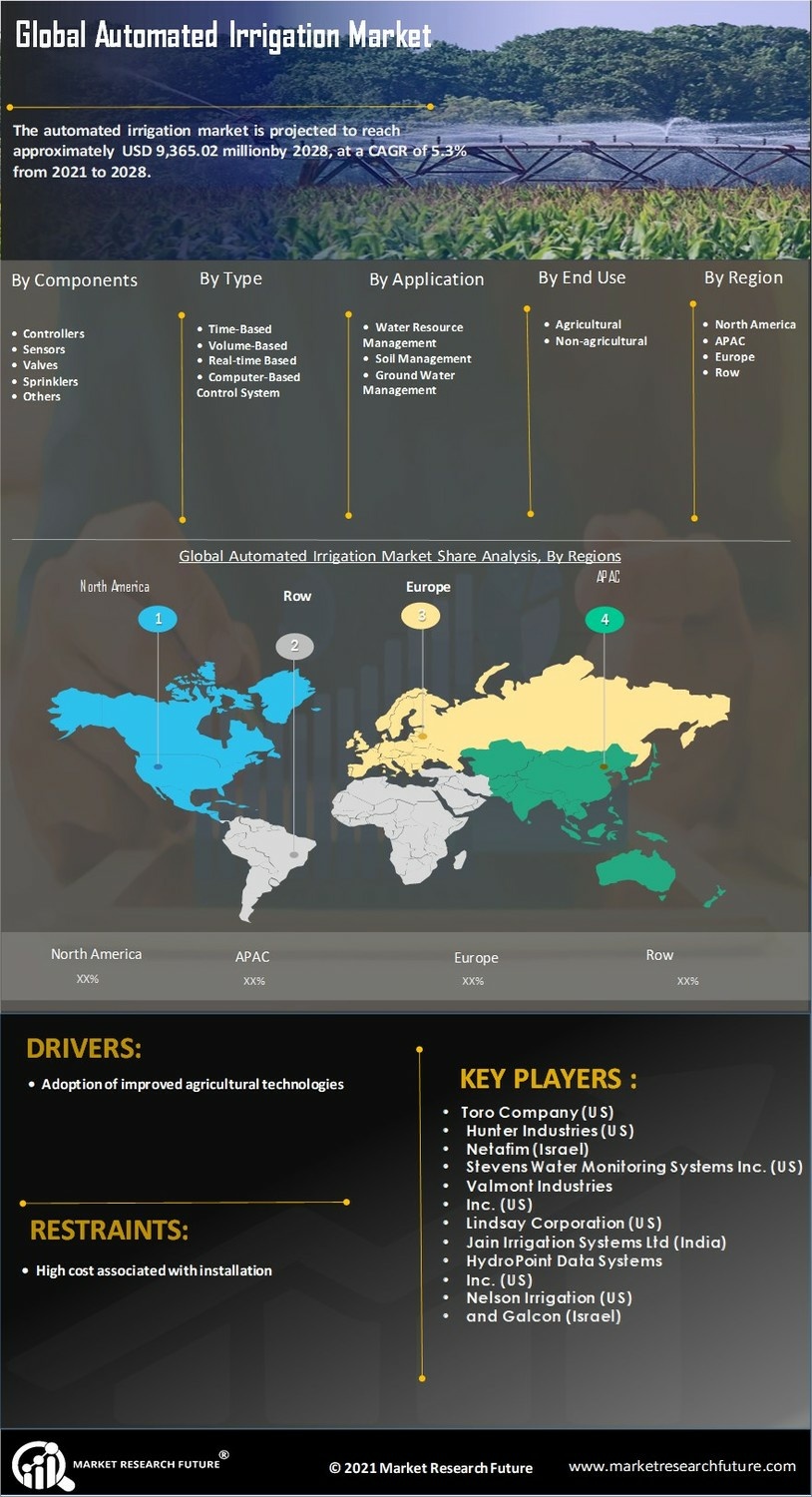

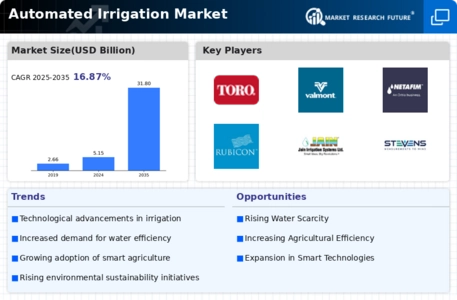
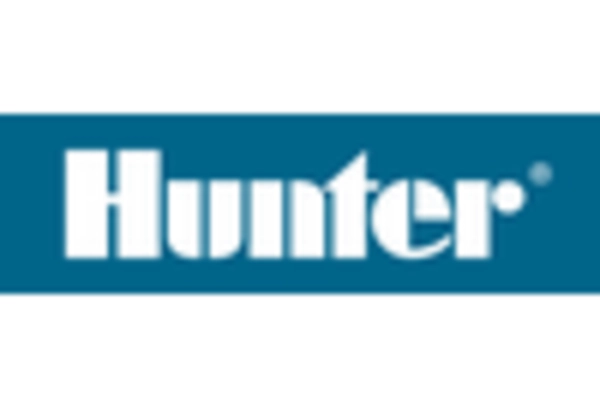
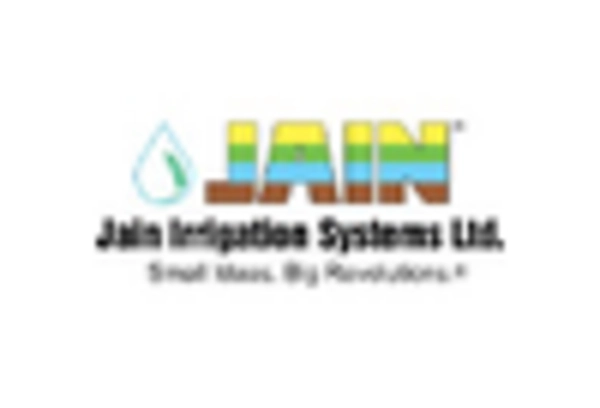
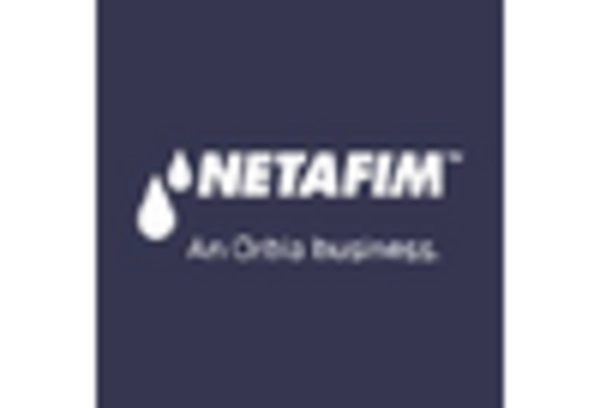
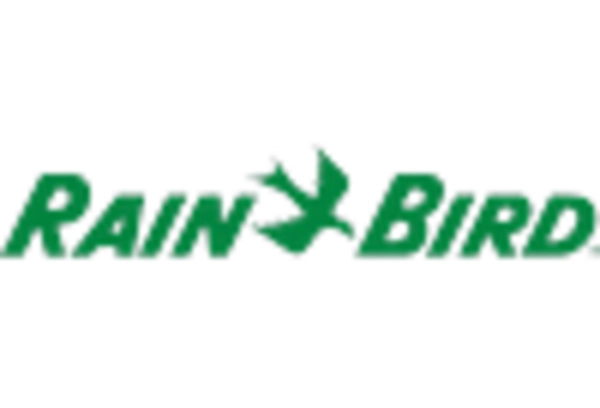
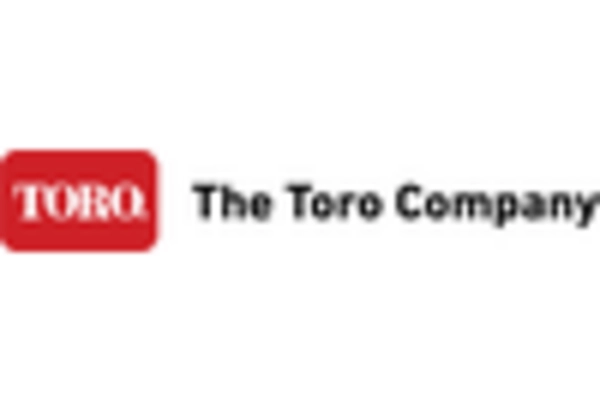
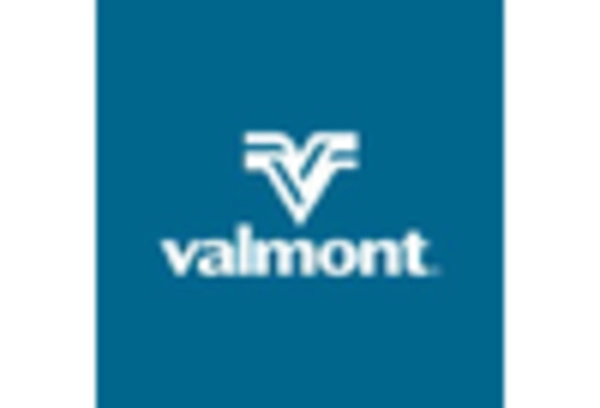








Leave a Comment